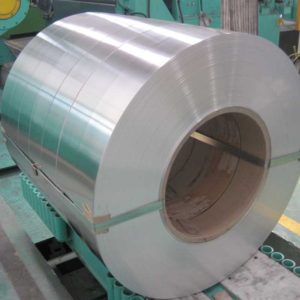What a lot of people mean by “recycling” is putting something out at the curb in a recycling container instead of a trash container, or otherwise separating recyclables from trash.
If that’s what you mean, it really depends on where you live. Some recycling programs accept aluminum foil. Some don’t. After all, it’s more difficult to work with than cans and more easily interferes with sorting machinery.

The process is usually as follows:
You throw aluminum cans or aluminum foil into a recycle bin.
The aluminum foil is then collected and taken to a treatment plant.
In the treatment plant the aluminum foil is sorted and cleaned ready for reprocessing. It is important to notice that some treatment plants won’t accept aluminium contaminated with food or other matter.
It then goes through a re-melt process and turns into molten aluminium, this removes the coatings and inks that may be present on the aluminum foil.
The aluminum foil is then made into large blocks called ingots. Each ingot contains about 1.6 million drinks cans.
The ingots are sent to mills where they are rolled out, this gives the aluminium greater flexibility and strength.
This is then made into aluminum foil products such as cans, chocolate wrapping and ready meal packaging.
In as little as 6 weeks, the recycled aluminum foil products are then sent back to the shops ready to be used again.
